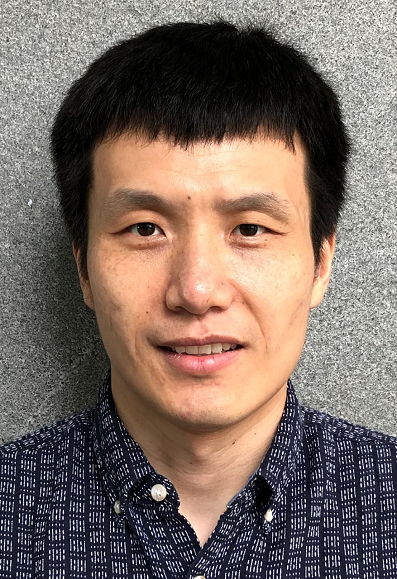
Affiliation
Assistant Professor, Department of Biochemistry, Yong Loo Lin School of Medicine, NUS
Principle Investigator, Infectious Diseases Translational Research Programme, Yong Loo Lin School of Medicine, NUS
Education
| Position and Institution | Year(s) |
| Ph.D., Institute of High Energy Physics, Chinese Academy of Sciences, Beijing, China | 2010 – 2015 |
Professional Experience
| Institution and Location | Year(s) |
| Assistant Professor (Presidential Young Professorship), Yong Loo Lin School of Medicine, NUS, Singapore | 2022 – Present |
| Investigator Scientist, MRC Laboratory of Molecular Biology, Cambridge, UK | 2020 – 2022 |
| Postdoctoral Fellow, MRC Laboratory of Molecular Biology, Cambridge, UK | 2017 – 2020 |
| Postdoctoral Fellow, European Molecular Biology Laboratory, Heidelberg, Germany | 2015 – 2019 |
Research Interest
Infectious diseases caused by zoonotic viruses have imposed a tremendous burden on human health and social economy. The continuing COVID-19 pandemic is a prime example. In combination with methods from virology, computer science and cryo-electron microscopy, our lab is dedicated to unravelling the in-situ assembly and transmission mechanisms of these viruses at cellular and molecular levels, and facilitating the development of novel vaccines and therapeutic targets.
Current Research Projects
- Molecular and morphological characteristics of virus-host interactions.
- Structure-guided design of antibodies and vaccines.
- New methods in cryo-electron tomography and subtomogram averaging.
Selected Publications
- Qu K#, Chen Q#, Ciazynska KA, Liu B, Zhang X, Wang J, He Y, Guan J, He J, Liu T, Zhang X, Carter AP, Xiong X*, Briggs JAG*. Engineered disulfide reveals structural dynamics of locked SARS-CoV-2 spike. PLoS Pathog, in revision (2022).
- Qu K, Ke Z#, Zila V#, Anders-Össwein M, Glass B, Mücksch F, Müller R, Schultz C, Müller B, Kräusslich HG, Briggs JAG. Maturation of the matrix and viral membrane of HIV-1. Science 373, 700–704 (2021). (Highlight in Science Perspective)
- Ke Z#, Otón J#, Qu K#, Cortese M, Zila V, McKeane L, Nakane T, Zivanov J, Neufeldt CJ, Cerikan B, Lu JM, Peukes J, Xiong X, Krausslich HG, Scheres SHW, Bartenschlager R, Briggs JAG. Structures and distributions of SARS-CoV-2 spike proteins on intact virions. Nature 588, 498–502 (2020).
- Xiong X#*, Qu K#, Ciazynska KA, Hosmillo M, Carter AP, Ebrahimi S, Ke Z, Scheres SHW, Bergamaschi L, Grice GL, Zhang Y, The CITIID-NIHR COVID-19 BioResource Collaboration, Nathan JA, Baker S, James LC, Baxendale HE, Goodfellow I, Doffinger R, Briggs JAG*. A thermostable, closed SARS-CoV-2 spike protein trimer. Nat Struct Mol Biol 27, 934–941 (2020).
- Qu K, Glass B, Doležal M, Schur FKM, Murciano B, Rein A, Rumlová M, Ruml T, Kräusslich HG, Briggs JAG. Structure and architecture of immature and mature murine leukemia virus capsids. Proc Natl Acad Sci U S A 115:E11751–E11760 (2018).
(# Equal Contribution, * Co-Correspondence)

